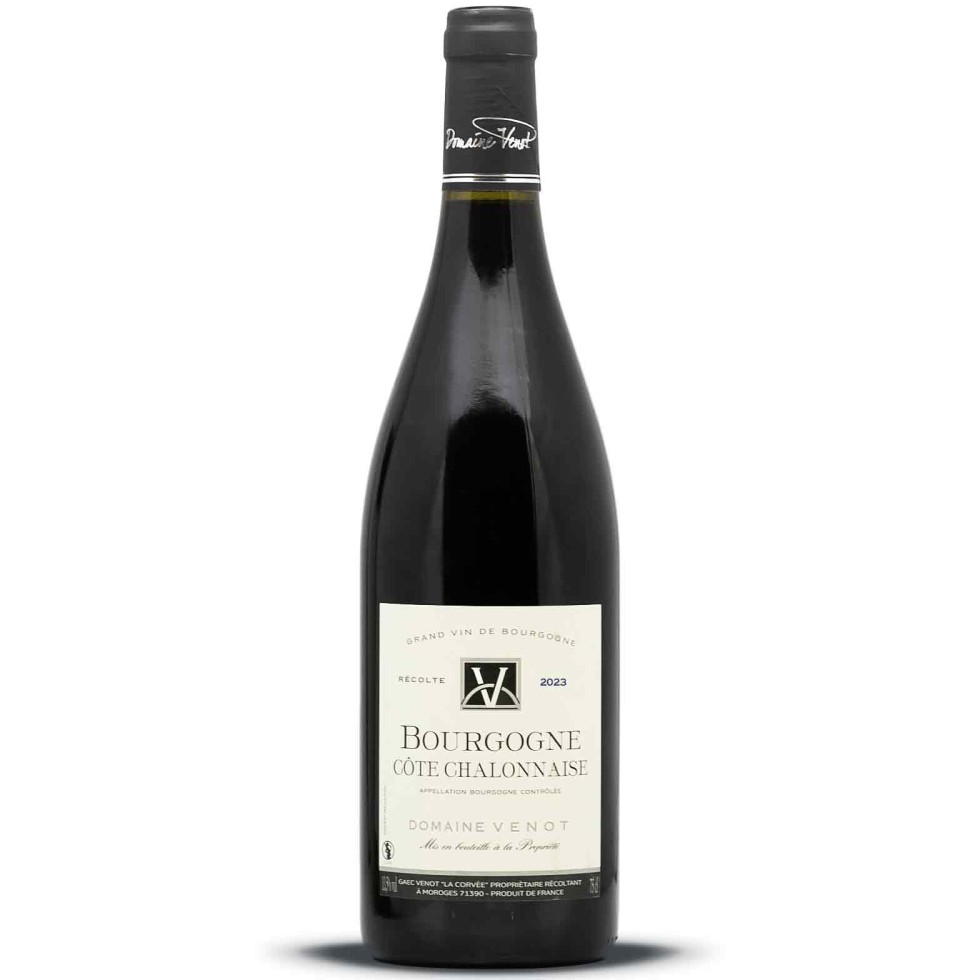appellation
Bourgogne Côte Chalonnaise
Wine Characteristics
Red (Pinot Noir): this wine has a clean, straightforward colour (purple or bright ruby) sometimes tending towards dark garnet-red. Small red (strawberry, gooseberry) and black (blackcurrant, blueberry) fruit aromas come well to the fore, with occasional hints of cherry and kernel, and sometimes animal and mushroom notes. It is mouth-filling, firm in texture, and can be a touch austere in early youth. It has no lack of oomph, however, and its roundness overcomes any jagged edges - its acidity and tannins work well together. A tiny amount of rosé/clairet is produced, also from the Pinot Noir grape.
White (Chardonnay): it boasts a clear complexion with grey-gold highlights.
Its aromas are redolent of white flowers (hawthorn, honeysuckle), dried fruits over notes of lemon and sometimes anise, with a suggestion of warm croissants and honey. In the mouth it is fleshy, well turned-out and thoroughly sure of itself. It has a lively, no-nonsense attack with just the rightamount of delicacy.
Wine Steward’s Tip
Reds: their straightforwardness and their delicate tannins render them a bit closed-off in their youth, but this stiffness makes them an indispensable adjunct to grilled meats or meats in sauce, which cope perfectly with their mellowness. They suit cheeses with pronounced personalities such as Coulommiers, Port-Salut or Époisses.
Serving temperature: 15 to 18°C.
Whites: their straightforwardness, vivacity, and delicate citrussy aromas make them a must with fish tarts, cooked seafood, and marinated or grilled vegetables. As a pre-dinner drink they prove a fine partner to black olives.
They are likewise well-suited to mild soft cheeses and goat cheeses.
Serving temperature: 12 to 13°C.
Situation
Adding a more precise indication of geographical origin to the region-wide appellation Bourgogne can help wine lovers in making their choices. The appellation Bourgogne Côte Chalonnaise dates from 1990 and recognises the distinct personality of wines from the 44 communes in the northern part of the department of Saône-et-Loire, an area some 40 km long and between 5 and 8 km in width. These wines have been justly valued since the time of the Bishop Gregory of Tours (6th century AD) in and around the bustling port of Chalon-sur- Saône, an important market centre on an affluent of the Rhône River.
Terroirs
Lying between the valleys of the Dheune and Grosne and open towards the South, the Côte Chalonnaise offers a less rugged landscape than those of the Côte de Beaune and Côte de Nuits to the North. These gentle hills are outcrops of the Massif Central thrown up by the creation of the rift valley known as the Bresse Trench. In the North, limestone forms the East-facing slopes and there are outcrops of lias and trias formations (Saint-Denis, Jambles, Moroges). South of the granitic block formation at Bissey, the hillsides slope either to the East or the West until they reach the hills of the Mâconnais. The soils below the Bajocian limestone corniche are marly, with sands and shaly or flinty clays at the foot of the slopes where there are also some gravel outcrops. Altitudes vary from 250 to 350 metres.
Source : https://www.bourgogne-wines.com




